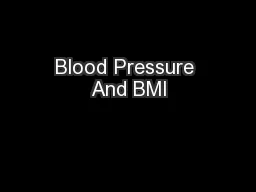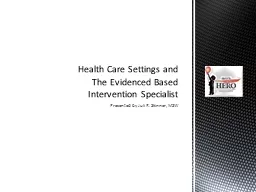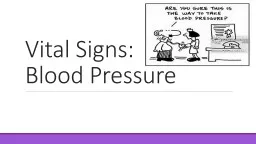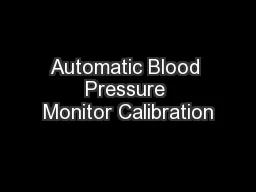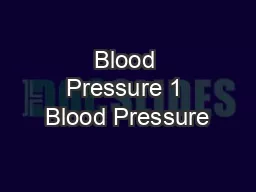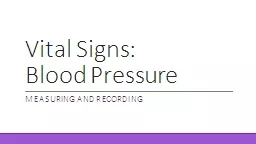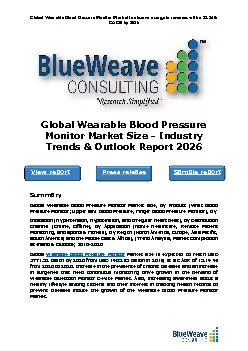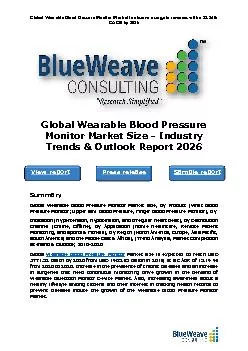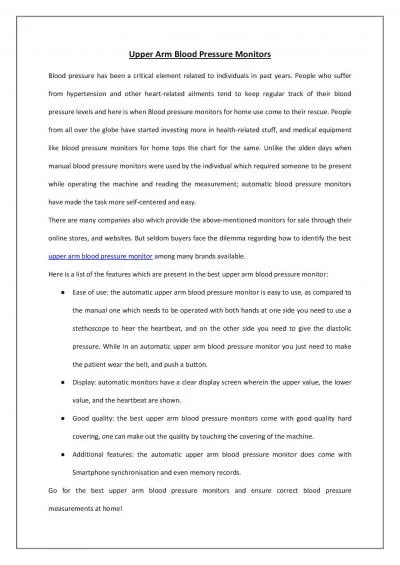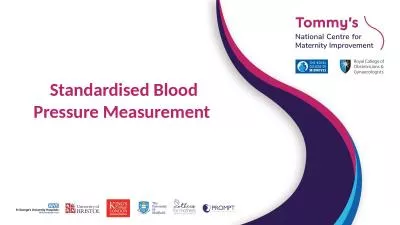PPT-Evidenced Based Practice on Blood Pressure in Arm Vs. Forea
Author : cheryl-pisano | Published Date : 2016-03-17
Sarah Kneaskern Andrew Nottleman Laura Phillips Appropriate BP Cuff Size Proper sized blood pressure cuffs are important for accurate readings BP cuff that
Presentation Embed Code
Download Presentation
Download Presentation The PPT/PDF document "Evidenced Based Practice on Blood Pressu..." is the property of its rightful owner. Permission is granted to download and print the materials on this website for personal, non-commercial use only, and to display it on your personal computer provided you do not modify the materials and that you retain all copyright notices contained in the materials. By downloading content from our website, you accept the terms of this agreement.
Evidenced Based Practice on Blood Pressure in Arm Vs. Forea: Transcript
Download Rules Of Document
"Evidenced Based Practice on Blood Pressure in Arm Vs. Forea"The content belongs to its owner. You may download and print it for personal use, without modification, and keep all copyright notices. By downloading, you agree to these terms.
Related Documents



